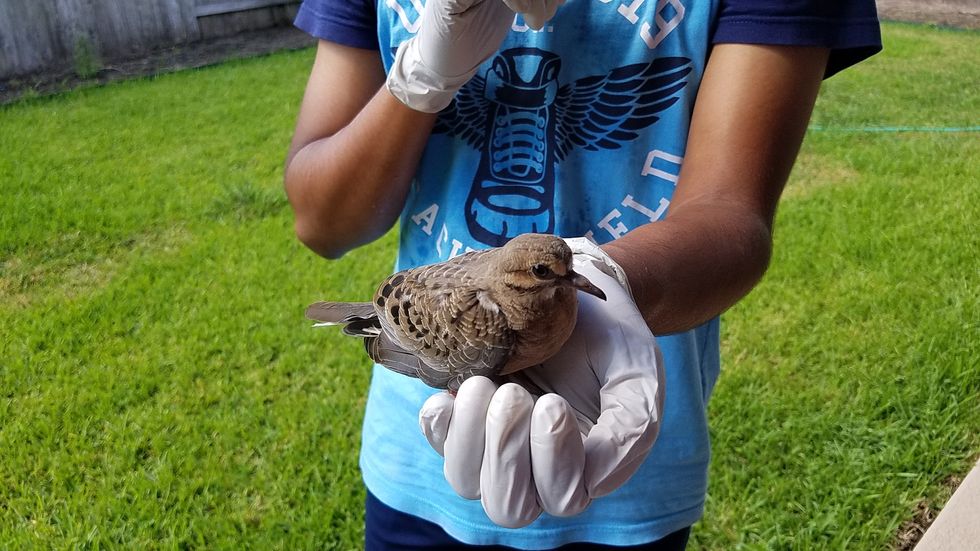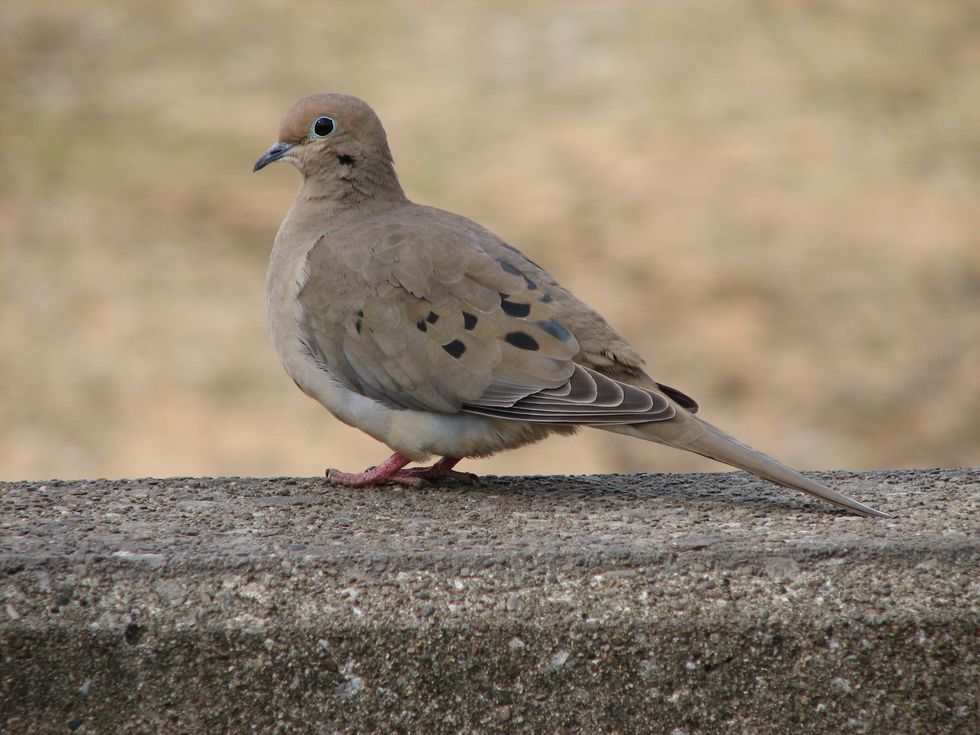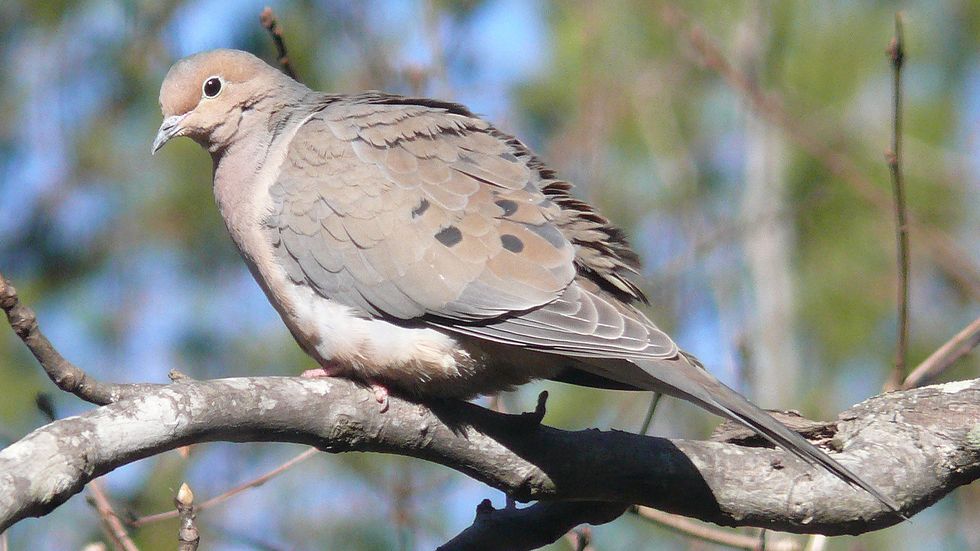The mourning dove is a common medium-sized bird found all over North America. It is currently rated least concern on the IUCN red-list status and is hunted extensively. Similar to most birds, they have a beautiful mating call. Interested to know more? Here are seven other facts you never knew!
1. Males and females are easily distinguishable.
Males have a bluish tint to their head and with a pinkish bosom while females have a duller pink bosom with a light brown to tan tint on their head. Juveniles, on the other hand, are dark brown and puffy in appearance.
2. They have an extremely short life span.
Mourning doves are highly abundant with a population of 350 million, even with 45 million being hunted yearly. However, their lifespan is really short. On average they live to 1.5 years as an adult. The longest living mourning dove lived to be 19.3 years old.
3. Most of their diet is comprised of seeds.
Roughly 99 percent of their diet consists of seeds from weeds, herbs, grasses, grains, and occasionally peanuts or berries. Once in a while, they eat snails. They store the seeds in their crop to digest later.
4. They are one of the only birds that can sip water.
These doves can physically sip water like humans. Most birds tend to gulp water and then rotate their heads so that the water flows down their throats with the help of gravity.
5. Their incubation period is short.
When mourning doves mate, they mate for life. Many lay eggs throughout the year multiple times since they usually only lay two eggs each time. They rarely lay one egg or more than two eggs.
6. For a small bird, they can fly fast.
These birds only weigh three to six ounces but can fly at 55 mph! Compare this to a Northern Flicker which weighs about the same but can only fly at 23 mph. These doves sure pack a punch with their high speed flying.
7. The cooing sound is usually made by the male.
The sound is made by the male in an attempt to attract a female mate during mating season. They repeat the sound about two to three times to grab the females' attention. In addition, they make a special call while building the nest to alert the females.














